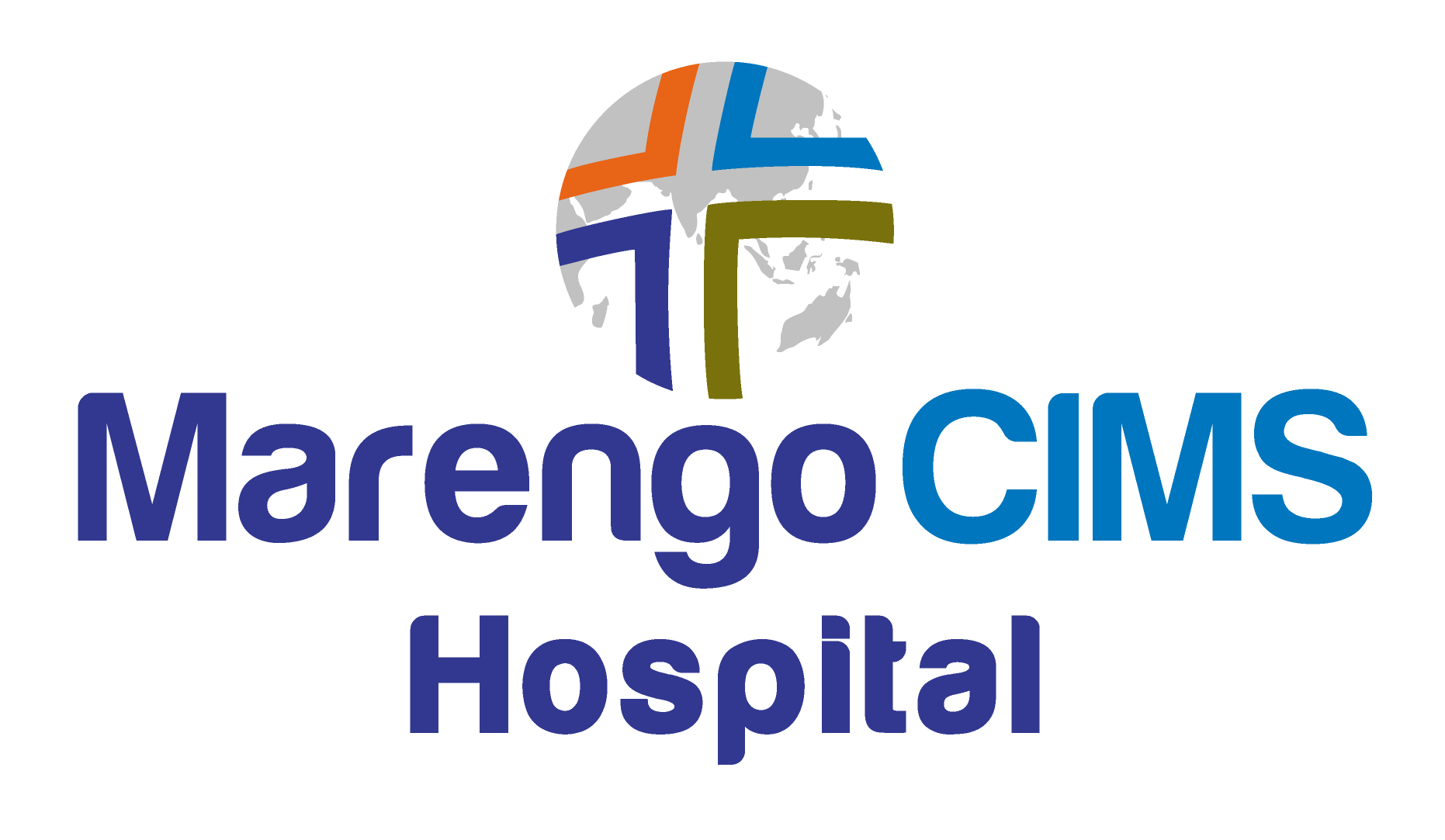Special Services
- Esophageal Manometry
- Anorectal Manometry
- 24 hours Esophageal pH Study
- Colon Transit Study
- The intestines are divided into two types: the small intestine, where digestion takes place and the large intestine where the stools are processed, formed and stored. The large intestine is called ‘colon’.
- The colon is approximately a meter in length. The time taken for the colon to receive the remnant of the digested particles from the small intestine and expel them outside is called as the ‘colon transit’. The colon transit time is longer in patients with constipation and shorter in patients with diarrhea. The colon transit time is also shorter in Indian patients (approx. 16 hours) as compared to West (approx. 30-40 hours).
- This measurement of colonic transit helps to differentiate a ‘slow colon transit constipation’ from a ‘normal colon transit constipation’ as the treatment is different for both conditions.
- Test: It involves taking 4 capsules three times at regular intervals. Each capsule contains food grade pellets which are not absorbed. They are visualized in the colon on an X-ray which is done at a pre-determined interval.
FAQ’s
How do I prepare for a colonoscopy?
Preparation for a colonoscopy requires laxatives. A powder will be prescribed to you which will be reconstituted in 2 lit of water. The entire preparation is to be consumed within 2 hours. Alternatively, for early morning procedures, a split preparation is possible whereby half the dose is taken the previous night and half in the morning. This medication will result in loose motions over 5-8 times. This is the desired effect and will lead to expulsion of all the stools from the colon and will allow clearer visualization during the procedure.
It is preferable to consume semi solid and a soft diet 1 day prior to the procedure.
How do I prepare for an upper GI endoscopy?
Patients are asked not to take any meals for at least 6 hours prior to a planned upper GI endoscopy. Tea and fruit juices are also not allowed in the 6 hour period.
Clear liquids, eg: water may be taken till 2 hours prior to an endoscopy.
How soon can I resume my diet after an upper GI endoscopy?
You can resume your diet after 30 mins of an endoscopy. If sedation has been used, you have to wait for up to 2 hours. You will be informed about the resume of diet once the procedure is over.
I am very anxious about undergoing an endoscopy. Are endoscopies done with sedation?
It is natural to feel some anxiety prior to an endoscopy. An upper endoscopy done via the mouth can be done with or without sedation. It does not cause pain, but may cause some discomfort and nausea. Local (throat) anaesthesia is given in all cases. Additionally, further sedatives can also be provided. A colonoscopy is always done with sedation or anaesthesia.
Is endoscopy painful?
An endoscopy usually results in discomfort, fullness, nausea and sensation of retching. Pain is uncommon and some soreness in throat maybe expected.
Can children go under endoscopy?
Yes, endoscopy is safe for children. There are special instruments for children as they have smaller diameter of their digestive system. They usually undergo endoscopy in sedation.

